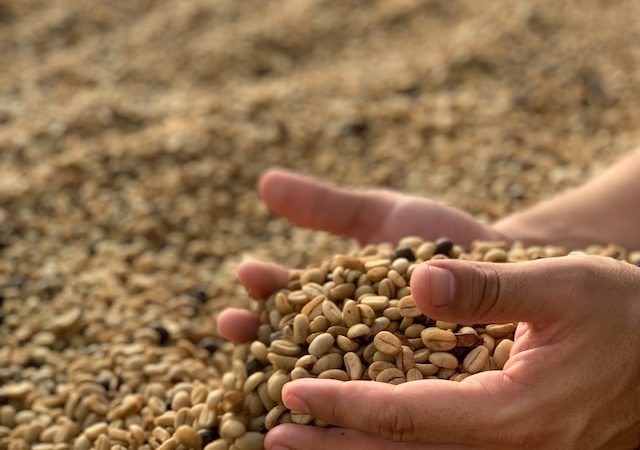Introduction: Adopting a grain-free diet has become increasingly popular as individuals seek to improve their digestive health and overall well-being. Whether due to grain intolerance, sensitivity, or personal preference, going grain-free requires careful planning and understanding. In this article, we provide practical tips and tricks to help navigate a grain-free diet while ensuring optimal digestive
Introduction:
Adopting a grain-free diet has become increasingly popular as individuals seek to improve their digestive health and overall well-being. Whether due to grain intolerance, sensitivity, or personal preference, going grain-free requires careful planning and understanding. In this article, we provide practical tips and tricks to help navigate a grain-free diet while ensuring optimal digestive health.
- Focus on Nutrient-Dense Alternatives:
Eliminating grains from your diet means finding alternative sources of important nutrients. Look for nutrient-dense foods to replace grains, such as vegetables, fruits, lean proteins, nuts, and seeds. These alternatives not only provide essential vitamins, minerals, and antioxidants but also support a balanced diet that promotes digestive health.
- Embrace Fiber-Rich Foods:
Fiber plays a crucial role in maintaining digestive health, even on a grain-free diet. While grains are a common source of dietary fiber, there are plenty of grain-free options available. Incorporate fiber-rich foods like leafy greens, broccoli, cauliflower, chia seeds, and flaxseeds into your meals. These will support healthy digestion, regulate bowel movements, and promote a diverse gut microbiome.
- Read Food Labels Carefully:
When following a grain-free diet, it is vital to become a label-savvy shopper. Many processed foods contain hidden sources of grains, such as wheat, barley, and rye. Read food labels carefully to identify any potential grain-based ingredients. Be aware of terms like “gluten-free,” as this does not guarantee grain-free. Opt for whole, unprocessed foods whenever possible to minimize the risk of inadvertently consuming grains.
- Experiment with Alternative Flours:
If you enjoy baking or cooking, explore the world of alternative flours. There are numerous grain-free flour options available, such as almond flour, coconut flour, tapioca flour, and cassava flour. These alternatives can be used in a variety of recipes, including bread, muffins, and pancakes, allowing you to still enjoy grain-free versions of your favorite treats.
- Stay Hydrated and Mindful of Food Combining:
Proper hydration is essential for maintaining healthy digestion. Drink an adequate amount of water throughout the day to support optimal bowel movements and prevent constipation. Additionally, be mindful of food combining principles. Some individuals find that combining certain foods, such as proteins and non-starchy vegetables, can enhance digestion and reduce discomfort.
- Seek Professional Guidance:
If you’re considering a grain-free diet or experiencing digestive issues, it is advisable to consult with healthcare professionals or registered dietitians. They can provide personalized guidance, help identify potential nutrient deficiencies, and ensure you’re meeting your nutritional needs while avoiding grains.
Conclusion:
Adopting a grain-free diet can be a positive step towards improving digestive health. By focusing on nutrient-dense alternatives, incorporating fiber-rich foods, reading food labels carefully, experimenting with alternative flours, staying hydrated, and seeking professional guidance, you can navigate a grain-free lifestyle successfully. Remember, everyone’s dietary needs are unique, so listen to your body, pay attention to how different foods make you feel, and make informed choices that support your optimal digestive health.

















Leave a Comment
Your email address will not be published. Required fields are marked with *